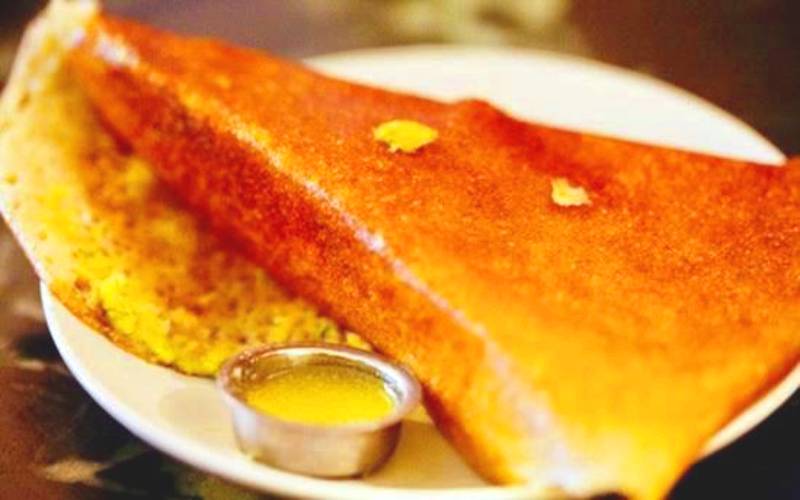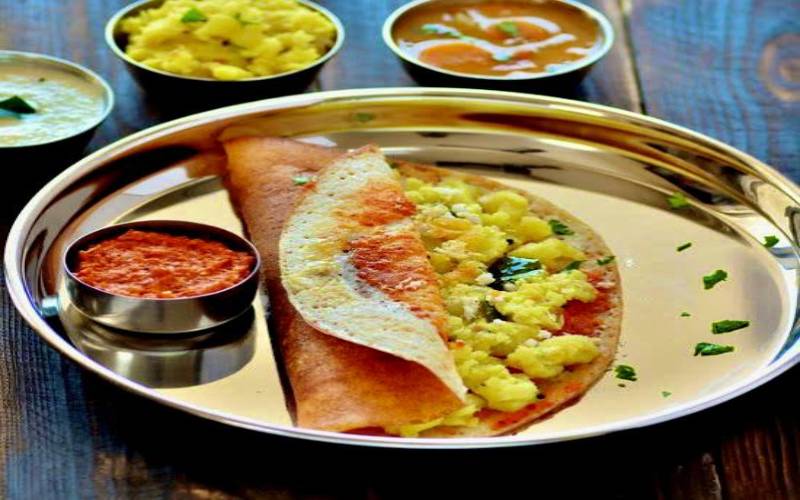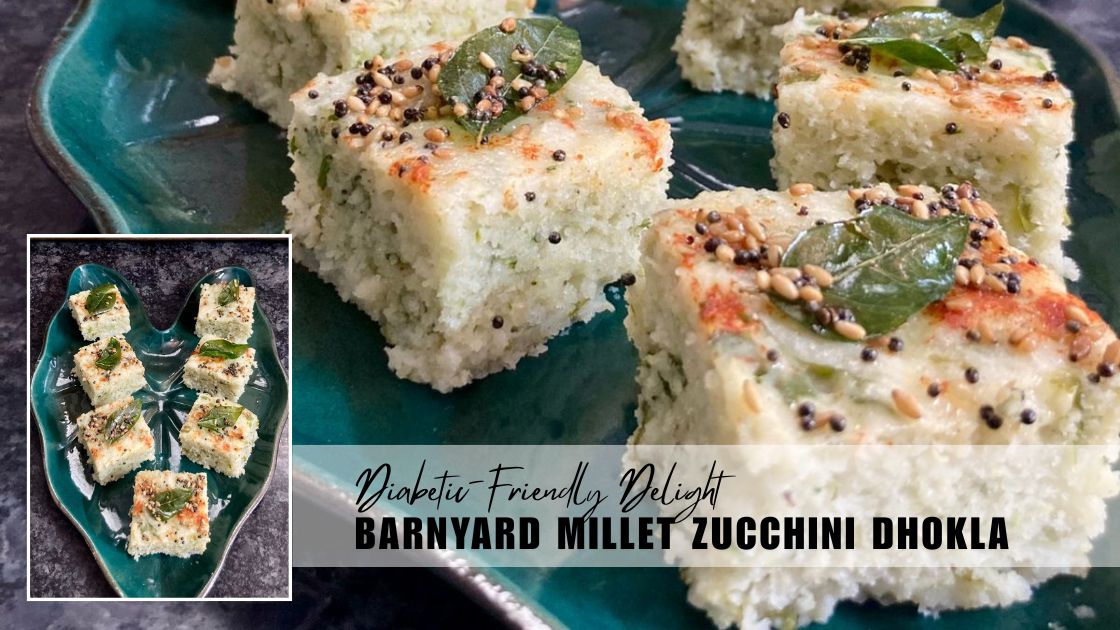
Many believe that the dosa originated in Udupi. One day, a Brahmin Adiga (Cook) tried to get on the wild side. Since the Brahmins were not allowed to access alcohol. He tried to ferment one with his own rice. But it did not work. So, he poured it on a pan. Dosa in Kannada means sin and hence the name was given to this crape which was an attempt to sin. Later, it became dosa from dosha.
We must, however, remember that there are references to dosa in Tamil Literature too. These references are more than 1000 years old. The text, ‘Manasallosa,’ (Also known as Abhilashitartha Chintamani) belonging to the period of Someshwara III (Kalyani Chalukya Ruler) talks about this dosa. This text is a valuable source of socio-cultural information pertaining to eleventh and twelfth centuries. Interestingly, the word Chata in Kannada means ‘Bad habit’ and Dosa mattu chuttney (Dosa with Chutney) was the main dish eaten by people. Dosa mattu chata means a sin accompanied by a bad habit.
The Mysore Dosa is meant to be crispy, and the exterior must appear to be golden while the other side should be soft and spongy. masala dosas are dosas that have a yellow-coloured masala stuffed inside. Masala Dosa is generally eaten with the servings of sambar, coconut chutney, tomato chutney, and pudina chutney.
The masala dosa has several types and it depends where it comes from. Benne masala dosa comes from Davanagere in Karnataka and it is served with a large dollop of butter (Benne).
One more story is connected with the masala dosa. Those days the Brahmins of Karnataka were excellent dosa masters. They used to serve Potato Curry along with the dosas and they would often fall short of potatoes while cooking. They would instead chop onions and stir it with the potato curry. The orthodox were against the use of onions. In order to avoid getting into trouble because of this, the cooks would simply put a big dollop of potato curry on the dosa and close it on all the three sides. In this way, these Brahmin-cooks had created a new type of dosa, masala dosa.

Yet, another story associated with the origin of this recipe comes from the palace-kitchen of Mysore. The Maharaja had once thrown a big party and a lot of food had got waste. Finally, on the advice of the king, the cooks came up with an ingenious solution. They stuffed the plain dosas with the potato vegetable gravy (Mixture of all the leftovers) and the masala dosa was born.
The people of Karnataka and Tamil Nadu while laying claim to origin of dosa and masala dosa. While dosa is known as dosai in Tamil Nadu, it is dose in Karnataka.
Kadandale Krishna Rao is considered to be the inventor of the masala dosa. He had reset the recipe of the masala dosa and made it popular in the fourth decade of the 20th century. He is the founder of the iconic New Woodland’s Hotel in Chennai. It is thanks to his efforts that we have the Modern Mysore Masala Dosa today. The masala dosa is the most popular tiffin in India.

Mysore Masala Dosa
Ingredients:
Method:
Yield: 12 dosas
Caloric value: 1 dosa = 87 calories
Variations:
NEXT ARTICLE

A Culinary Awakening in Punjab: A Journey Through Flavors and Memories In my early days in the Air Force, I was a lanky figure—five feet ten, weighin...

Barnyard Millet Zucchini Dhokla is a wholesome, low-GI snack ideal for people managing diabetes. Made with barnyard millet flour—a gluten-free grain r...